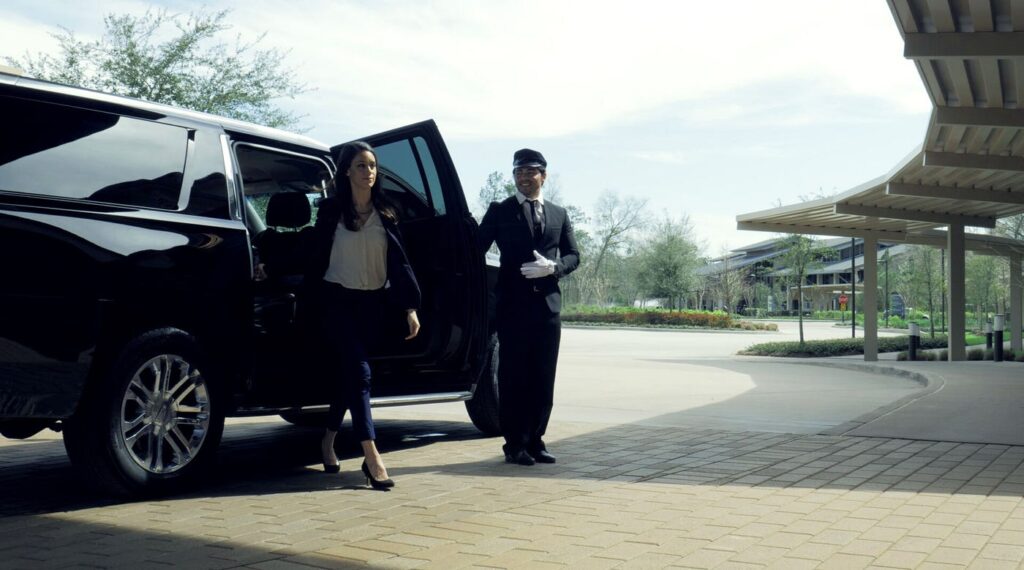Miami, a vibrant metropolis famed for its sun-kissed beaches, eclectic culture, and pulsating nightlife, is also a bustling hub of transportation services miami. From the iconic Art Deco District of South Beach to the vibrant streets of Wynwood, navigating Miami’s diverse neighborhoods requires a robust and evolving transportation infrastructure. In this article, we delve into the multifaceted transportation services that facilitate the seamless movement of residents and visitors alike across the Magic City.
The Rise of Ride-Sharing:
In recent years, ride-sharing services like Uber and Lyft have revolutionized transportation in Miami. With just a few taps on a smartphone, users can summon a ride to whisk them away to their desired destination. This convenience has transformed how people traverse the city, providing an accessible and cost-effective alternative to traditional taxis. The proliferation of ride-sharing has also alleviated parking woes, reducing congestion on Miami’s bustling streets.
Public Transit: Challenges and Opportunities:
While ride-sharing has gained popularity, Miami’s public transit system faces ongoing challenges. The Miami-Dade Transit Authority operates an extensive network of buses, Metrorail, and Metromover, aiming to provide affordable and efficient transportation options. However, issues such as delays, overcrowding, and limited coverage in certain areas have hindered its effectiveness. Despite these challenges, ongoing efforts to enhance public transit infrastructure, such as the SMART Plan for transit expansion, hold promise for improving accessibility and connectivity across Miami-Dade County.
Biking and Scooter Shares:
Miami’s warm climate and flat terrain make it ideal for cycling enthusiasts. In recent years, bike-sharing and scooter-sharing programs have gained momentum, offering residents and tourists an eco-friendly and convenient means of getting around. Companies like Citi Bike and Lime have deployed fleets of bicycles and electric scooters at key locations throughout the city, providing a fun and efficient way to explore Miami’s neighborhoods, parks, and waterfronts. These micro-mobility options not only reduce carbon emissions but also promote health and wellness among users.
Water Transportation:
With its extensive coastline and network of waterways, Miami embraces water transportation as a unique mode of travel. From water taxis to ferry services, commuters can glide across Biscayne Bay while enjoying panoramic views of the city skyline. Water transportation not only offers an alternative to congested roadways but also adds a touch of maritime charm to Miami’s transportation landscape. Additionally, private yacht charters and boat rentals cater to those seeking luxurious and personalized travel experiences along Miami’s azure waters.
Innovations in Transportation Technology:
As Miami continues to evolve as a global city, innovative transportation technologies are shaping the future of mobility. Autonomous vehicles, electric buses, and micro-transit solutions are being explored to enhance efficiency, reduce emissions, and improve connectivity. Initiatives such as the Miami-Dade Transportation Quick-Build Program aim to expedite the implementation of innovative transportation projects, fostering a dynamic ecosystem of mobility solutions tailored to Miami’s unique needs.
The Role of Sustainability:
Amidst growing concerns about climate change and environmental sustainability, Miami is increasingly prioritizing eco-friendly transportation initiatives. From electric vehicle charging stations to green infrastructure projects, the city is committed to reducing its carbon footprint while enhancing mobility options. Sustainable transportation not only mitigates air pollution and traffic congestion but also promotes a healthier and more livable urban environment for generations to come.
Conclusion:
Transportation services in Miami are undergoing a profound transformation, driven by technological innovation, urban development, and changing consumer preferences. From ride-sharing and public transit to biking and water transportation, a diverse array of options is reshaping how people move around the Magic City. As Miami continues to grow and evolve, fostering a holistic and sustainable transportation ecosystem will be essential to ensuring accessibility, connectivity, and quality of life for all who call this vibrant metropolis home.


